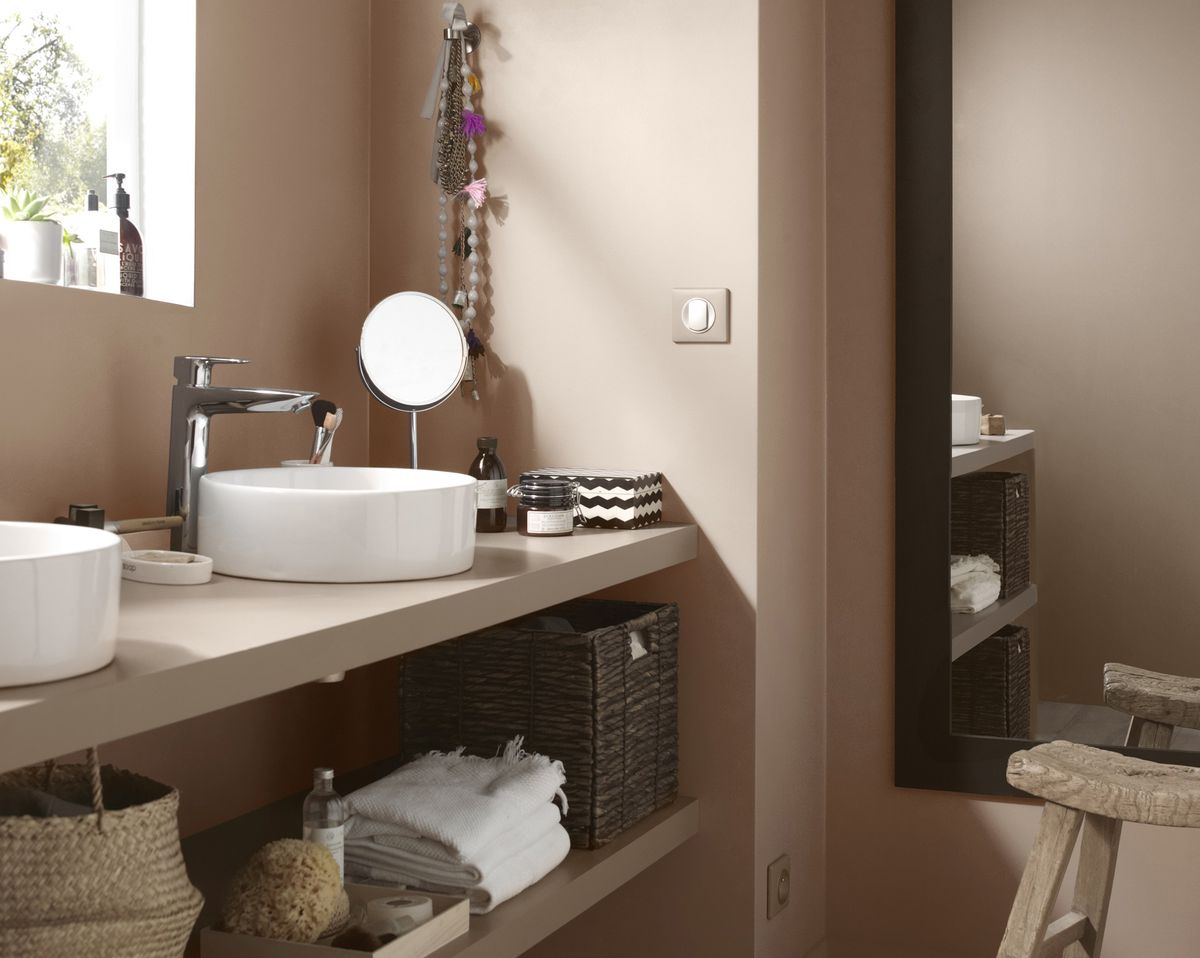Understanding Condensation in Bathrooms

Condensation is a common phenomenon in bathrooms, especially after hot showers. It occurs when warm, moist air comes into contact with a cold surface, causing water droplets to form. This can lead to dampness, mold growth, and unpleasant odors.
Causes of Condensation in Bathrooms
Condensation in bathrooms is primarily caused by the following factors:
- Hot Showers: Showers release a significant amount of moisture into the air, increasing humidity levels. The hotter the shower, the more moisture is released.
- Poor Ventilation: Bathrooms with inadequate ventilation struggle to remove excess moisture from the air, leading to condensation. This is particularly true in bathrooms without exhaust fans or with poorly functioning fans.
- Lack of Insulation: Poorly insulated bathrooms allow cold air to seep in, creating a temperature difference between the air and the walls or windows. This temperature difference promotes condensation.
Preventing Condensation in Bathrooms
Preventing condensation in bathrooms involves addressing the underlying causes. Here are some effective strategies:
- Use Exhaust Fans: Install and use exhaust fans during and after showers to remove excess moisture from the air. Ensure the fans are properly sized and vented to the exterior.
- Keep the Bathroom Door Open After Showering: This allows moisture to dissipate into other areas of the house, reducing humidity levels in the bathroom.
- Use a Dehumidifier: A dehumidifier can help remove excess moisture from the air, reducing condensation. Consider using a dehumidifier if you have persistent condensation issues.
- Improve Ventilation: Ensure that windows and doors in the bathroom are properly sealed to prevent drafts. Consider installing a window fan or opening a window for ventilation.
- Insulate the Bathroom: Insulating the bathroom walls and ceiling can help prevent cold air from seeping in, reducing the temperature difference that promotes condensation.
Paint Properties for Condensation Resistance

In bathrooms, condensation is a common problem that can lead to mold growth and damage to walls and ceilings. Choosing the right paint can help mitigate these issues. Paint properties play a crucial role in resisting condensation and preventing moisture-related problems.
Paint Finishes and Moisture Resistance
The finish of a paint refers to its sheen level, which impacts its appearance and resistance to moisture. Different finishes offer varying levels of protection against condensation and mold growth.
- Matte Finish: Matte paints have a flat, non-reflective surface. They are good at hiding imperfections but are less moisture-resistant than other finishes. They are more porous, making them prone to absorbing moisture and potentially developing mold.
- Satin Finish: Satin paints offer a slightly sheen finish, providing better moisture resistance than matte paints. They are a good balance between durability and aesthetics, making them suitable for bathrooms. Their smoother surface makes them easier to clean and less prone to mold growth.
- Gloss Finish: Gloss paints have a high sheen and are the most moisture-resistant finish. Their smooth, non-porous surface repels water and makes them easier to clean. They are ideal for high-traffic areas like bathrooms, where moisture is prevalent.
Importance of Mildew-Resistant Paint, Best paint for condensation in bathroom
Bathrooms are susceptible to mold growth due to high humidity and condensation. Mildew-resistant paint contains special additives that inhibit mold and mildew growth. These additives create a barrier that prevents mold spores from attaching and growing on the painted surface.
Recommended Paint Options for Condensation: Best Paint For Condensation In Bathroom

Choosing the right paint for your bathroom can significantly impact its longevity and aesthetics. Paint specifically designed for high-moisture areas like bathrooms offers superior protection against condensation, mold, and mildew growth. This section will explore some popular paint brands and products specifically designed for bathrooms with condensation issues.
Recommended Paint Brands and Products
Here is a comparison of popular paint brands and products specifically designed for bathrooms with condensation issues:
| Brand | Product Name | Key Features | Pros/Cons |
|---|---|---|---|
| KILZ | KILZ Interior/Exterior Primer | Acrylic latex primer, seals and blocks stains, mildew-resistant, dries quickly, suitable for various surfaces |
|
| Rust-Oleum | NeverWet Water-Repellent Paint | Water-repellent formula, forms a protective barrier against moisture, mildew-resistant, durable finish |
|
| Sherwin-Williams | Emerald Interior Acrylic Latex Paint | High-quality acrylic latex paint, mildew-resistant, scrubbable, durable, excellent coverage |
|
| Benjamin Moore | Aura Interior Paint | Premium acrylic latex paint, mildew-resistant, stain-blocking, excellent coverage, durable finish |
|
Best paint for condensation in bathroom – Choosing the best paint for condensation in a bathroom is crucial to prevent damage and maintain a healthy environment. Moisture buildup can lead to various issues, including bathroom ceiling paint cracking , mold growth, and peeling paint. Opting for a mildew-resistant paint with a breathable finish allows moisture to escape, reducing the risk of these problems and creating a durable, long-lasting solution for your bathroom.
When choosing the best paint for condensation in a bathroom, consider a mold-resistant formula to combat the damp environment. A bold choice like dark gray bathroom paint can hide imperfections and create a sophisticated look, but remember to select a paint that also offers good breathability to prevent moisture buildup.